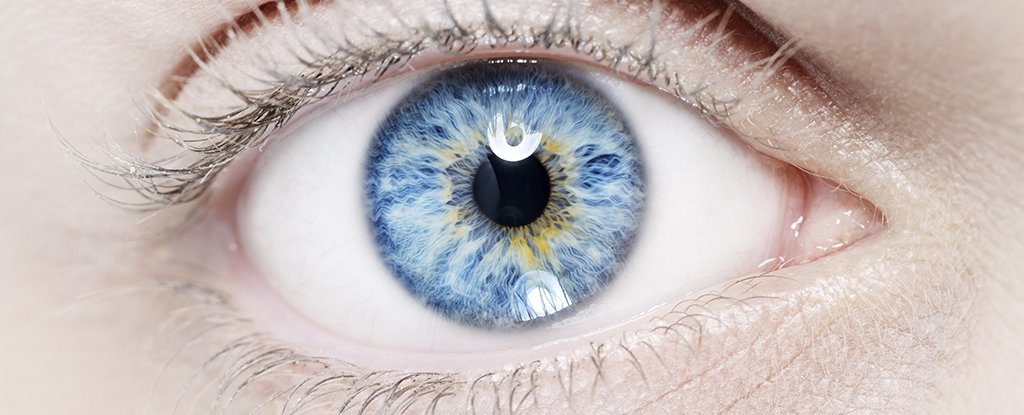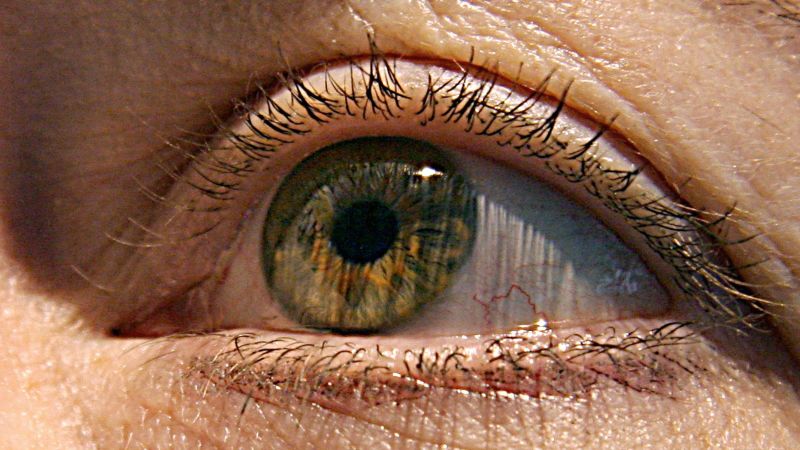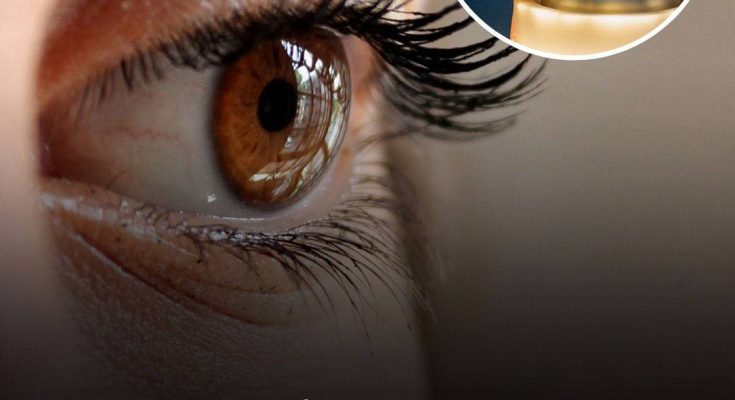In a groundbreaking medical breakthrough, three individuals suffering from severe corneal damage have had their vision significantly restored thanks to an innovative stem cell transplant. This pioneering clinical trial, conducted in Japan, marks the world’s first successful use of stem cells in treating this type of vision impairment. The trial has been hailed as a major advancement in stem cell research, providing new hope for millions worldwide who suffer from corneal-related vision loss. Even two years after the procedure, no major complications have been reported, and the treated corneas appear significantly clearer than before.
The Revolutionary Stem Cell Transplant Study

The study focused on four patients, all diagnosed with limbal stem cell deficiency (LSCD), a condition that leads to scarring on the cornea and progressive loss of vision. To better understand this, think of the cornea as the eye’s transparent window and the limbus as its protective frame. This frame houses an abundance of stem cells responsible for replacing worn-out corneal cells. Without these limbal stem cells, the cornea cannot regenerate properly, ultimately leading to blindness.
This trial, led by Japanese researchers, offers new hope for individuals suffering from LSCD, a condition that until now had limited treatment options. The use of induced pluripotent stem cells (iPSCs) in this study represents a significant leap forward, offering a potential alternative to traditional transplants that rely on donor tissue.
Current Treatment Options for Limbal Stem Cell Deficiency

At present, patients with LSCD affecting only one eye may undergo a surgical procedure where scar tissue is removed and replaced with a functional corneal slice from their healthy eye. However, for those who experience bilateral limbal stem cell deficiency—meaning both eyes are affected—a donor corneal transplant is the only viable treatment option.
The challenge with donor transplants lies in their accessibility and success rates. Of the estimated 12.7 million people worldwide who suffer from corneal-related vision loss, only one in seventy has access to a suitable corneal transplant. Even for those fortunate enough to receive a donor transplant, there is a significant risk of immune system rejection, which can cause complications and reduce the effectiveness of the procedure.
This is where iPSCs come into play. By leveraging stem cells that can be reprogrammed to mimic embryonic-like characteristics, researchers are exploring new ways to restore vision without the need for donor corneas.
How Induced Pluripotent Stem Cells Are Changing the Game

Induced pluripotent stem cells (iPSCs) have the remarkable ability to be generated from any human cell and reprogrammed into an embryonic-like state. This means they can multiply indefinitely and be converted into any type of adult human cell, including corneal cells.
In 2023, American researchers demonstrated the potential of using limbal stem cells to restore vision in two patients with corneal damage. A year later, their vision remained stable, marking an important milestone in regenerative medicine. Building upon this success, Japanese scientists at Osaka University Hospital took the research a step further by successfully using iPSCs derived from healthy blood cells to restore vision in multiple patients. Their findings were published in the esteemed medical journal The Lancet.
The Stem Cell Transplant Procedure: A Step-by-Step Approach
The clinical trial involved a sophisticated process to restore vision in patients suffering from severe corneal damage:
- Creating the Corneal Cell Sheets: The iPSCs were cultivated and transformed into corneal epithelial cell sheets in a laboratory setting.
- Scar Tissue Removal: Before the transplant, the damaged corneal tissue was carefully removed.
- Transplantation: The lab-generated corneal epithelial sheets were surgically placed over the patient’s corneas.
- Protective Contact Lens Placement: To aid healing, a protective contact lens was positioned over the newly transplanted tissue.
Results: Significant Vision Improvement Observed

The results of the trial were highly encouraging. All patients exhibited notable improvements in vision within seven months of the transplant. However, there were variations in the extent of improvement.
- The most significant recovery was observed in a 66-year-old man and a 44-year-old woman, both of whom experienced remarkable vision restoration.
- One patient, who had the most severe vision loss before the procedure, initially showed improvement but experienced a decline in eyesight after one year.
These findings highlight the potential effectiveness of iPSC-based treatments while also underscoring the need for further research to optimize long-term outcomes.
Addressing Potential Immunological Reactions
One of the challenges faced in the study was the potential for immunological responses to the transplant. Unlike traditional donor transplants, which require immunosuppressive drugs to prevent rejection, this study only used steroids. This means that the body’s immune system played a significant role in determining the success of the transplant.
The researchers suspect that immune responses may have affected the results in some patients, leading to less-than-optimal outcomes. In previous studies, iPSCs derived from a patient’s own skin were used to treat macular degeneration, another vision-related condition. However, this was the first time that iPSCs derived from donor blood cells were successfully used to treat LSCD.
The Future of Stem Cell Transplants: Challenges and Opportunities
While the results of this study are incredibly promising, it is important to acknowledge that these procedures remain highly experimental. The long-term safety and effectiveness of iPSC-based treatments must be thoroughly evaluated before they can become widely available.
The Japanese research team leading the trial emphasized that this study represents the first documented case of iPSC-derived cell constructs being transplanted into the cornea. Their findings suggest that this method could become a viable treatment for individuals suffering from LSCD, offering hope to those who currently have limited options for regaining their sight.
To build upon these promising results, the researchers are now planning a multicenter clinical trial. This will involve multiple hospitals and a larger group of patients to further assess the safety, efficacy, and scalability of iPSC-based corneal transplants.
The Bottom Line: A New Era in Vision Restoration
The success of this world-first stem cell transplant represents a monumental step forward in regenerative medicine and ophthalmology. By harnessing the power of iPSCs, scientists are paving the way for revolutionary treatments that could restore sight to millions of people affected by corneal damage.
However, more research is needed to fully understand the long-term implications of this procedure. The scientific community is optimistic, but further studies and larger clinical trials are required to refine the technique, improve success rates, and ensure widespread accessibility.
For now, this groundbreaking achievement serves as a beacon of hope for those suffering from vision impairment due to limbal stem cell deficiency. If future trials continue to yield positive results, stem cell transplants could soon become a mainstream treatment, changing the lives of millions worldwide.



